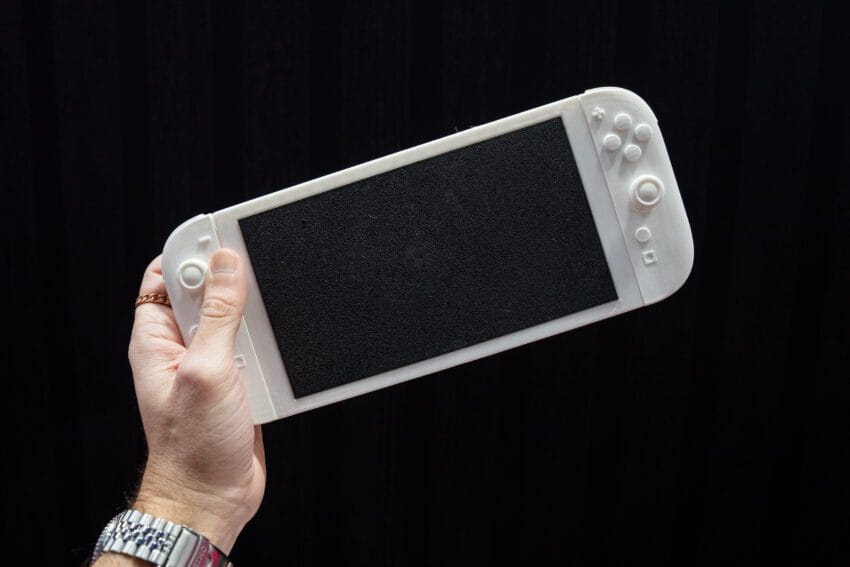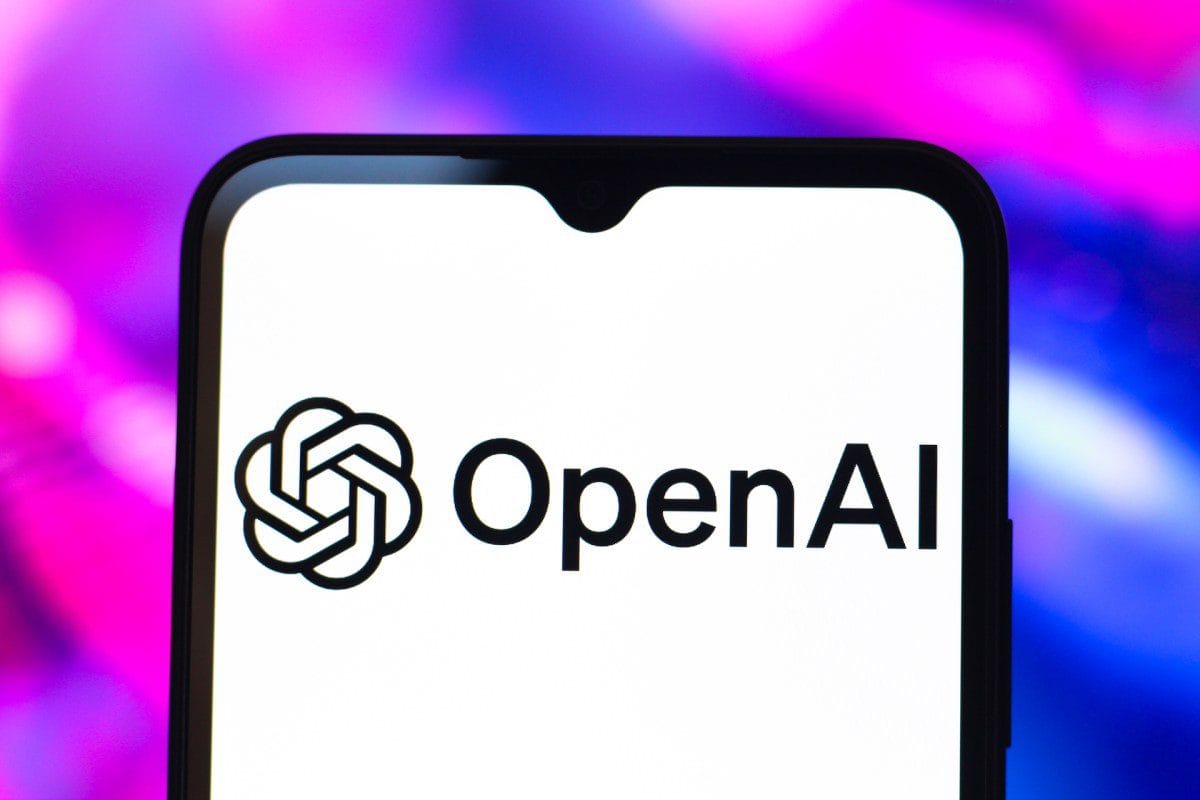
genki will pay nintendo damages over 3d-printed Nintendo has reached a settlement with accessory manufacturer Genki regarding a dispute over a 3D-printed mockup of the Switch 2 that the company showcased prior to the console’s official announcement.
genki will pay nintendo damages over 3d-printed
Background of the Dispute
The legal conflict between Nintendo and Genki, the parent company of Human Things, began at the Consumer Electronics Show (CES) in January 2023. At this event, Genki unveiled a detailed 3D-printed mockup of the Switch 2, complete with the console’s logo. This presentation occurred just days before Nintendo officially revealed the console to the public, raising concerns about potential trademark infringement and unfair competition.
Nintendo’s lawsuit, filed in May 2023, accused Genki of “trademark infringement, unfair competition, and false advertising.” The company argued that Genki had not been granted access to any technical specifications of the Switch 2, which raised questions about how Genki could market accessories purportedly compatible with the new console. Nintendo claimed that Genki either unlawfully obtained a genuine Nintendo Switch 2 unit before its public release or could not make compatibility claims with sufficient certainty to justify its advertising.
Details of the Settlement
On Monday, a legal filing confirmed that Genki will pay Nintendo an undisclosed amount in damages to settle the case. As part of the agreement, Genki has also committed to ceasing the use of product names that are “confusingly similar” to Nintendo’s intellectual property. This stipulation is significant, as it aims to prevent further confusion among consumers regarding the relationship between Genki’s products and Nintendo’s official offerings.
While the financial terms of the settlement remain undisclosed, the implications for both companies are noteworthy. Genki has publicly stated that it “did not obtain access to” a Switch 2 prior to the console’s launch announcement, leaving the origins of the 3D-printed mockup somewhat ambiguous. This lack of clarity could have broader implications for how third-party accessory manufacturers approach product development in the future.
Legal Implications
The settlement underscores the importance of intellectual property rights in the gaming industry. Nintendo has a long history of vigorously protecting its trademarks and brand identity. The company’s actions against Genki reflect its commitment to maintaining control over its intellectual property, especially in an era where unauthorized products can easily confuse consumers and dilute brand loyalty.
Furthermore, the settlement allows Genki to reference Nintendo branding in a “nominative fair use manner.” This means that Genki can mention Nintendo in its marketing and product descriptions, but only when making verified compatibility claims or clarifying its status as a third-party accessory producer. This provision is crucial for Genki, as it allows the company to continue to market its products without completely severing ties with Nintendo’s brand.
Stakeholder Reactions
The reactions to the settlement have been mixed among stakeholders in the gaming community. Some industry analysts view the resolution as a necessary step for both companies, allowing Genki to continue producing accessories while protecting Nintendo’s brand integrity. Others, however, express concern that the settlement could stifle innovation among third-party accessory makers who may feel hesitant to develop products that could be perceived as infringing on Nintendo’s intellectual property.
Consumer sentiment is also divided. Many Nintendo fans appreciate the company’s efforts to protect its brand and ensure that any accessories marketed for the Switch 2 meet certain standards of quality and compatibility. On the other hand, some consumers feel that the aggressive legal stance taken by Nintendo could limit their options for third-party accessories, which often provide unique features and enhancements not available through official channels.
Broader Industry Context
The legal battle between Nintendo and Genki is not an isolated incident; it reflects broader trends within the gaming industry regarding intellectual property and competition among accessory manufacturers. As gaming technology continues to evolve, the demand for high-quality third-party accessories has surged. This has led to an increase in competition, but it has also raised questions about the boundaries of intellectual property rights.
In recent years, several major gaming companies have taken legal action against third-party accessory makers for similar reasons. This trend highlights the ongoing tension between protecting brand identity and fostering a competitive market for accessories. As companies like Nintendo continue to assert their rights, the landscape for third-party manufacturers may become increasingly complex.
Future Implications for Genki and Nintendo
For Genki, the settlement represents both a challenge and an opportunity. While the company must now navigate the restrictions imposed by the agreement, it also has the chance to refine its product offerings and focus on developing accessories that align with Nintendo’s standards. This could lead to a more collaborative relationship between Genki and Nintendo in the long run, as both companies work to ensure that consumers have access to high-quality products.
Nintendo, on the other hand, will likely continue to monitor the accessory market closely. The company has a vested interest in ensuring that any products marketed for its consoles meet its quality standards. By taking a proactive approach to protecting its intellectual property, Nintendo aims to maintain the trust and loyalty of its fanbase, which is crucial for the long-term success of its gaming ecosystem.
Conclusion
The settlement between Nintendo and Genki serves as a reminder of the complexities involved in the gaming industry, particularly regarding intellectual property rights. As the market for gaming accessories continues to grow, both companies will need to adapt to the evolving landscape. For Genki, this means finding ways to innovate within the confines of the settlement agreement, while for Nintendo, it involves maintaining its brand integrity and ensuring that consumers can confidently purchase products associated with its consoles.
As the gaming community watches how this situation unfolds, it will be interesting to see how both companies navigate their respective paths forward. The implications of this settlement may resonate beyond just these two entities, influencing how other accessory makers approach their relationships with major gaming brands in the future.
Source: Original report
Was this helpful?
Last Modified: September 9, 2025 at 3:35 pm
1 views















